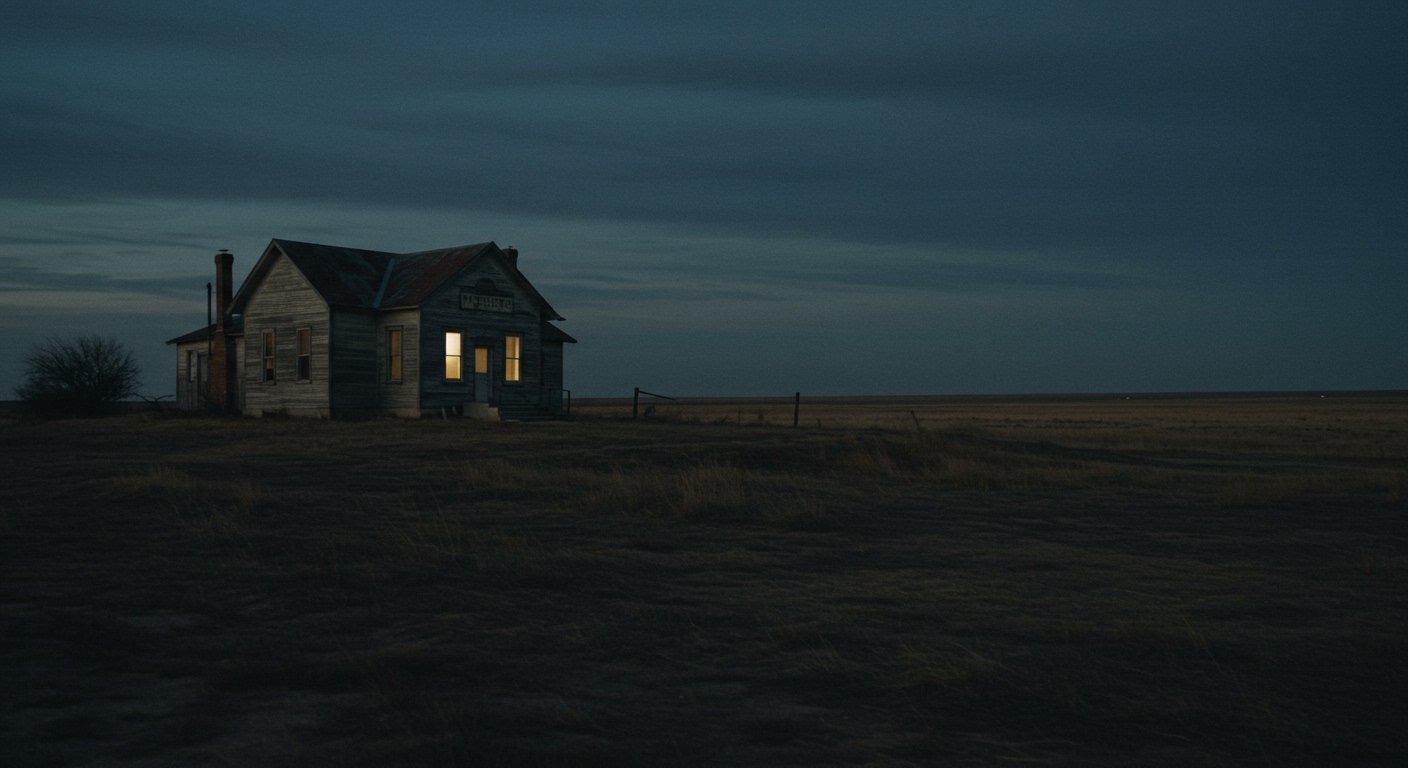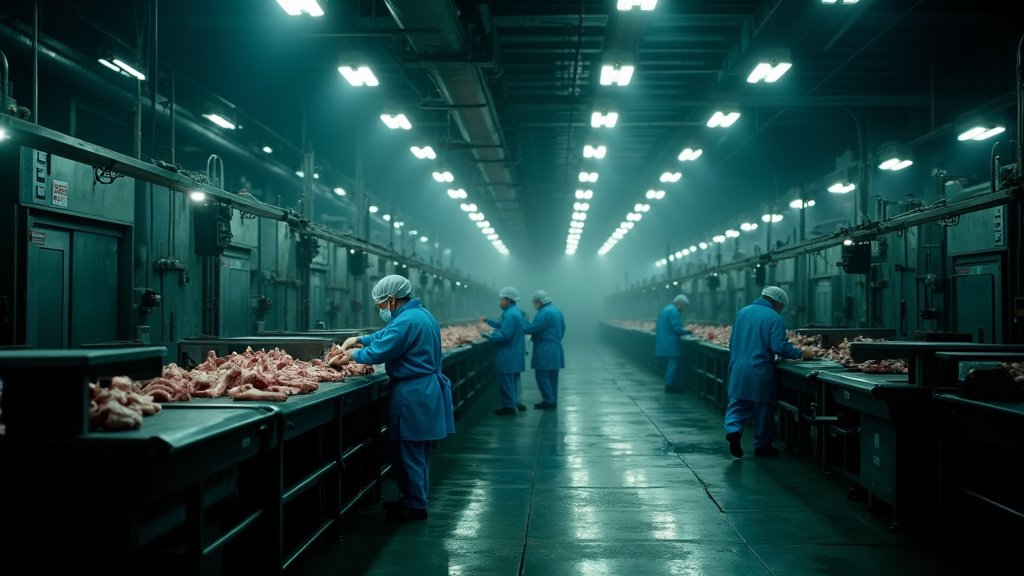A Deepening Crisis Threatens Rural Texas Healthcare
Rural communities across Texas are facing an intensifying healthcare crisis, a situation poised to worsen significantly according to recent analysis. The very fabric of health provision in these areas is under severe strain, with many rural hospitals struggling to remain viable. An editorial published recently highlights the precarious state of healthcare access outside the state’s major metropolitan centers, arguing that the existing crisis is on the cusp of substantial deterioration.
This looming exacerbation is linked directly, the editorial contends, to the anticipated effects stemming from what is termed “Trump’s Big Beautiful budget bill.” The specific mechanisms by which this budgetary measure is expected to impact rural healthcare are outlined in the editorial’s assessment, painting a grim picture for areas already underserved and vulnerable.
Understanding the Current Strain
Healthcare in rural Texas has long navigated turbulent waters. Factors including declining populations, lower median incomes, a higher percentage of uninsured residents, and challenges in recruiting and retaining medical professionals have created an environment where financial stability is constantly threatened. Many rural hospitals operate on razor-thin margins, relying heavily on government reimbursement programs, particularly Medicare and Medicaid.
Over the past decade, the state has witnessed a concerning number of rural hospital closures, leaving vast geographic areas without crucial local access to emergency services, maternity care, and basic medical treatment. For residents in these areas, accessing care often means traveling long distances, a barrier that can be insurmountable for the elderly, those with chronic conditions, or individuals without reliable transportation. This existing scenario, characterized by the editorial as a “healthcare crisis,” underscores the fragility of the system even before external pressures increase.
The Expected Impact of “Trump’s Big Beautiful budget bill”
The editorial central to this discussion posits that the current difficult circumstances for rural Texas hospitals are not merely static but are on a trajectory to “get worse.” The primary catalyst for this anticipated decline, as argued by the editorial, is the package known as “Trump’s Big Beautiful budget bill.” While the editorial’s specific points regarding the bill’s effects would require a full reading, the summary indicates a clear line drawn between the implementation of this budget measure and a significant worsening of the healthcare crisis in rural Texas.
The nature of federal budget decisions can profoundly affect healthcare providers, particularly those in underserved areas. Changes to reimbursement rates, adjustments to grant programs supporting rural healthcare initiatives, or shifts in healthcare policy funding can have outsized impacts on hospitals with limited financial reserves. The editorial’s contention is that the effects of “Trump’s Big Beautiful budget bill” will create new or deepen existing financial and operational challenges for these institutions, pushing more to the brink of or into closure.
This expected deterioration suggests potential consequences ranging from further reductions in services offered by struggling hospitals to an accelerated pace of closures. Each closure not only removes a critical healthcare provider but also impacts the local economy, eliminating jobs and reducing the overall vitality of the community. The editorial’s warning about the bill underscores the sensitivity of the rural healthcare ecosystem to changes in federal policy and funding streams.
Consequences for Rural Communities
The potential for a deepening healthcare crisis, driven by the effects attributed by the editorial to “Trump’s Big Beautiful budget bill,” carries profound implications for rural Texans. Reduced access to care can lead to poorer health outcomes, delayed diagnoses, and increased burdens on remaining facilities, including those in urban centers that may become overwhelmed.
Emergency medical services are particularly vulnerable. With local hospitals gone or services curtailed, ambulance transport times increase, potentially proving fatal in critical situations. Access to preventative care and management of chronic diseases also suffers, contributing to a sicker population over time.
Beyond direct health impacts, the presence of a local hospital is often a cornerstone of a rural community’s identity and economic stability. Its closure can trigger a negative spiral, making it harder to attract businesses and residents, further isolating the region. The editorial’s focus on the specific threat posed by “Trump’s Big Beautiful budget bill” highlights the perceived governmental link to this potential community breakdown.
A Call to Attention
The editorial serves as a stark warning, arguing that the existing healthcare crisis in rural Texas is facing a critical juncture. It attributes the expected worsening of this situation directly to the effects anticipated from “Trump’s Big Beautiful budget bill,” calling attention to the potential consequences for vulnerable populations and regions.
The perspective presented emphasizes the urgency for policymakers, healthcare administrators, and the public to understand the delicate balance maintaining rural healthcare access and the significant risks posed by adverse budgetary impacts. The future of healthcare in a substantial portion of the state hangs in the balance, with the effects of “Trump’s Big Beautiful budget bill” identified as a key factor in its potential decline.
The situation described is not unique to Texas, as rural healthcare systems across the United States face similar vulnerabilities. However, the scale and geographic diversity of Texas make the potential impact of widespread rural hospital distress particularly significant. The editorial’s specific mention of “Trump’s Big Beautiful budget bill” provides a concrete, albeit contentious, point of focus regarding the forces perceived to be driving this deterioration.
Conclusion
Rural areas in Texas are already grappling with the severe challenges of a healthcare crisis. Access is limited, hospitals are financially fragile, and communities feel the strain. According to an editorial, this difficult reality is expected to “get worse,” significantly so, due to the effects of “Trump’s Big Beautiful budget bill.” This assessment underscores the vulnerability of rural healthcare infrastructure to federal budgetary shifts.
The argument presented is that unless mitigating actions are taken or the anticipated negative effects of the budget bill are somehow averted or countered, the crisis will deepen. This could lead to more hospital closures, reduced services, and increased hardship for hundreds of thousands of Texans living outside major urban hubs. The future of healthcare access and quality in rural Texas appears increasingly uncertain, with the spotlight placed squarely on the consequences attributed to “Trump’s Big Beautiful budget bill” by the editorial. The call to attention is clear: the system is under immense pressure, and according to this analysis, a specific federal action is set to intensify that pressure considerably.






